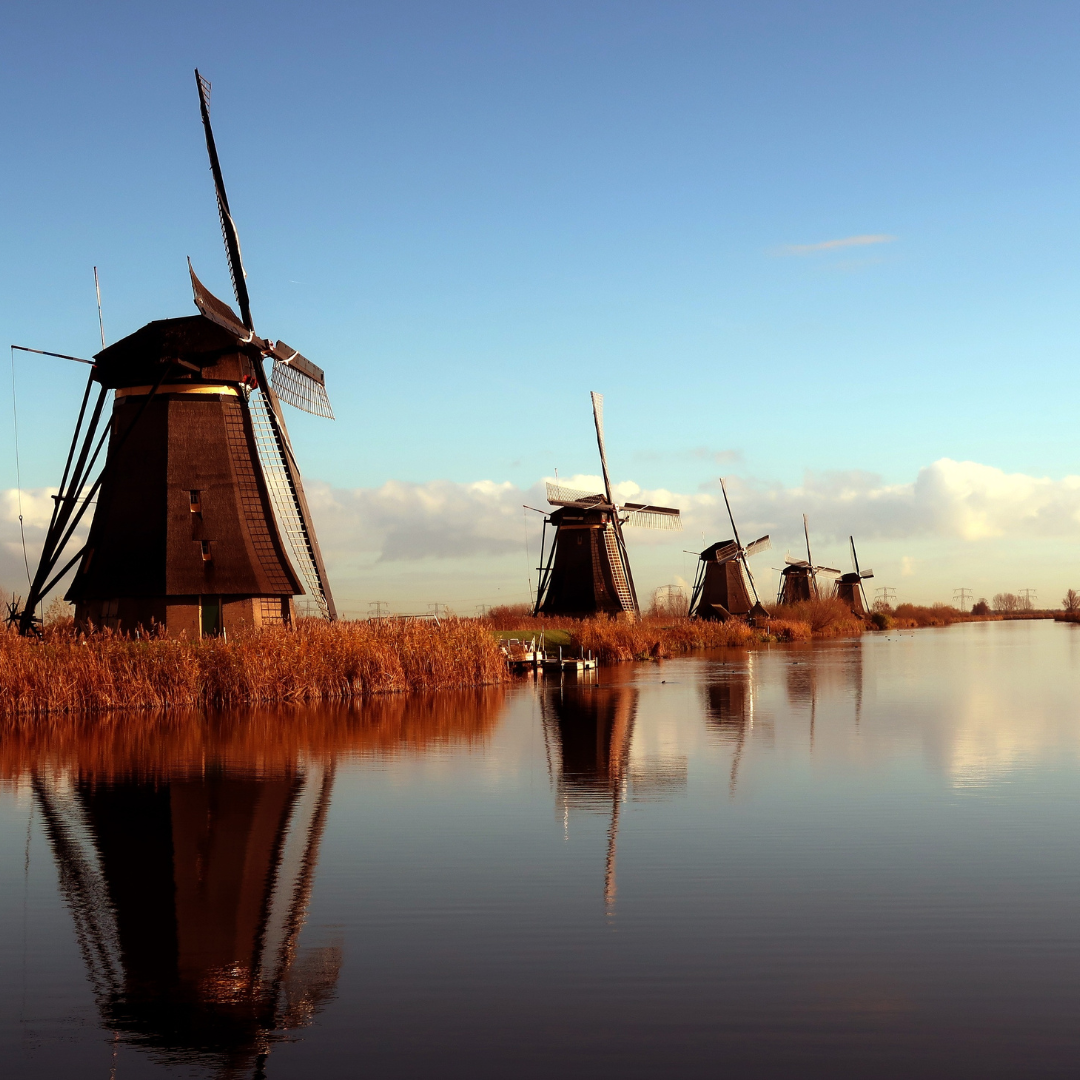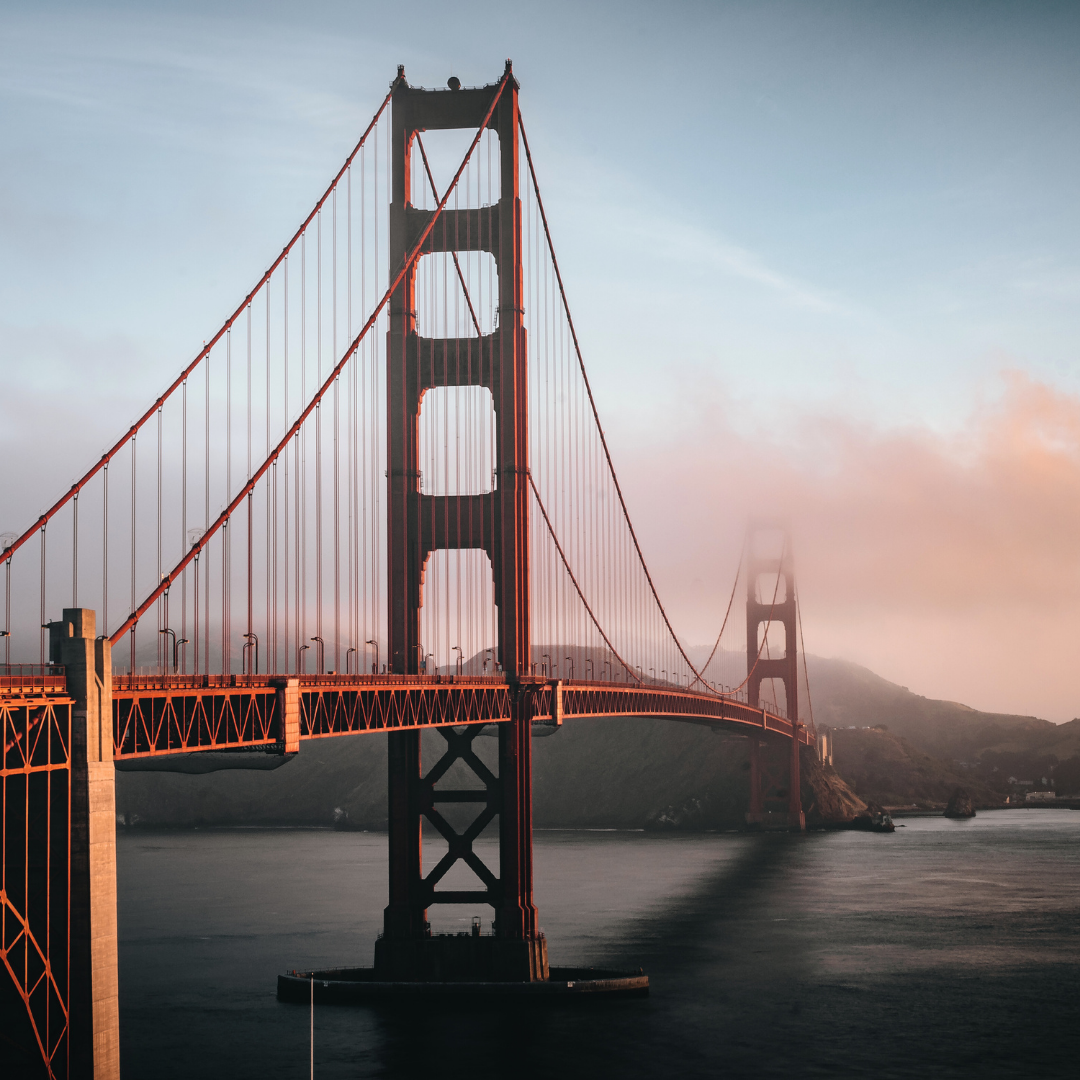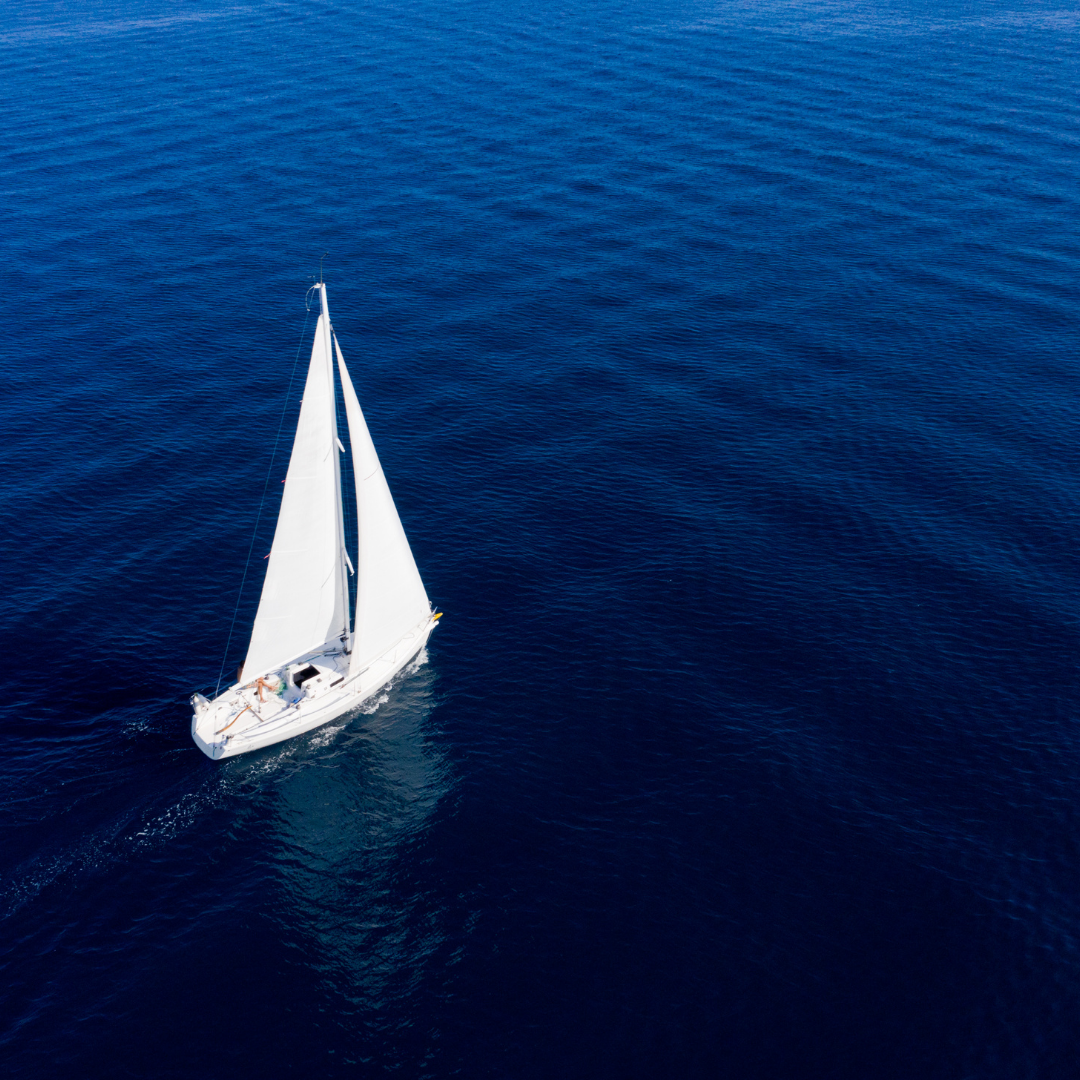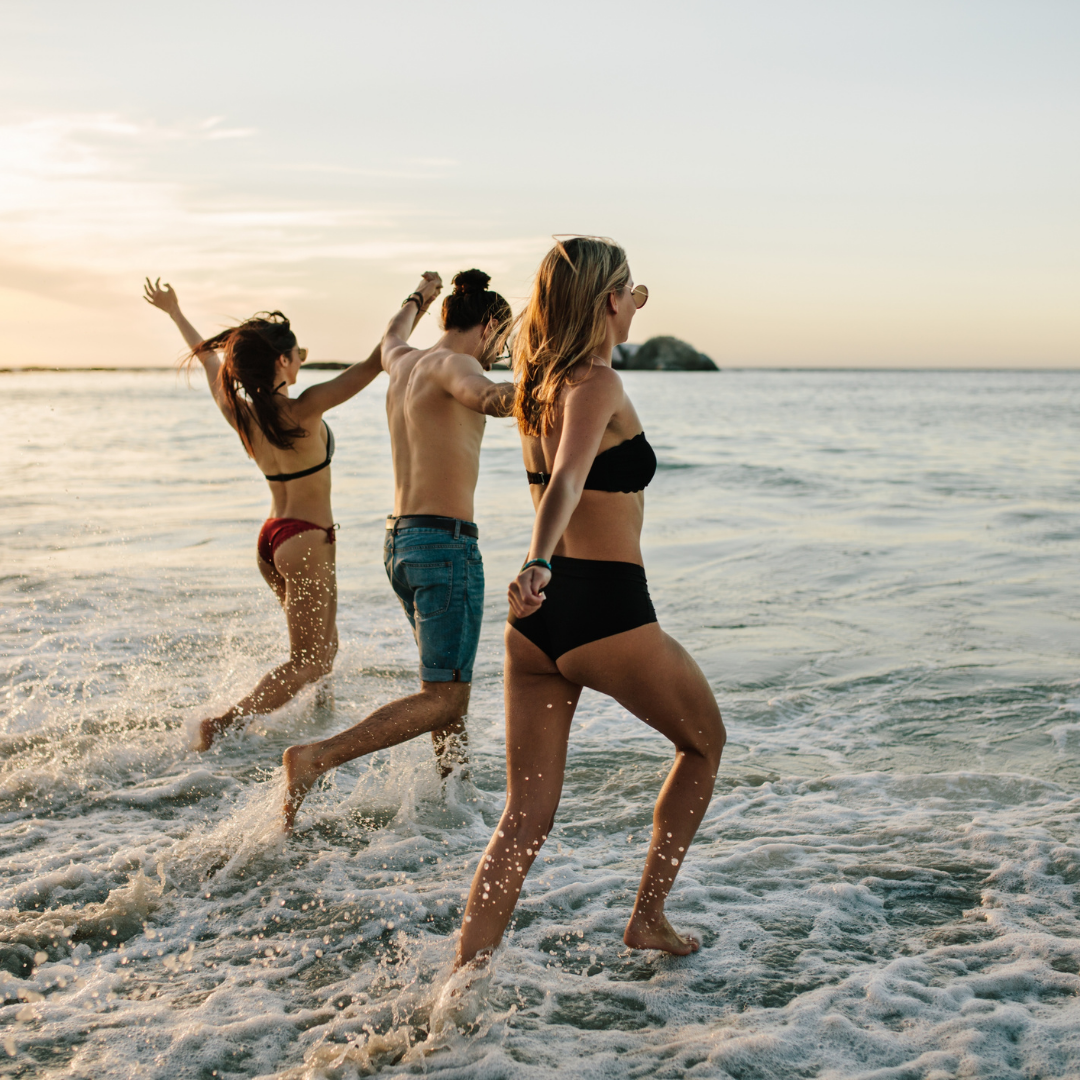Sailing the Dutch Waterways: Exploring the Canals, Rivers, and Lakes of the Netherlands

The tapestry of the Netherlands, woven with intricate canals, mighty rivers, and expansive lakes, tells a story far beyond mere aquatic allure, inviting explorers to sail through chapters of history, nature, and culture. Sailing the Dutch waterways is not merely a journey; it is an embrace of a delicate blend of serene nature, pulsating urban life, and the enduring legacy of maritime history. The country’s geographical allure is more than its iconic tulip fields and windmills—it is also deeply intertwined with a labyrinthine network of waterways, providing sailors and wanderers alike with a unique perspective of Dutch life and landscapes. This article sets sail through these captivating water trails, tracing the liquid veins of the Netherlands, exploring the nooks and crannies of its canal cities, and immersing in the diverse experiences that a boating adventure through Dutch waterways affords.
The Charm of Dutch Canals: From Utrecht to Delft
Sailing from Utrecht to Delft through the Dutch canals offers a picturesque voyage through serene waters, flanked by historic towns and lush landscapes. Utrecht, with its medieval city center, intertwines rich history with vibrant modern life, which seamlessly reflects upon its tranquil canals. Navigating towards Delft, renowned for its historic ties to the Dutch Royal family and its exquisite blue pottery, the journey is sprinkled with quaint villages and iconic windmills. The canals themselves, often framed by charming houses and interspersed with majestic bridges, offer a unique viewpoint to explore the multifaceted Dutch culture and history.
River Sailing: The Lure of the Maas and Waal
The Maas and Waal, two prominent rivers in the Netherlands, provide distinct sailing experiences, teeming with rich biodiversity and expansive landscapes. The Maas winds through bustling cities, industrial zones, and verdant countrysides, showcasing the Netherlands’ economic and natural vitality. The Waal, on the other hand, narrates tales of commercial prowess, as it’s a crucial navigational route for goods. Both rivers, with their ebbs and flows, manifest the perfect blend of the Dutch’s innovative progression and their persistent homage to nature.
Ijsselmeer Adventures: From Fishing Grounds to Sailing Mecca
The Ijsselmeer, once an integral saltwater inlet, has transcended its primary role as a fishing zone to become a prominent sailing destination in Europe. The encircling towns like Volendam and Marken preserve fishing traditions and heritage, while sailors enjoy the vast freshwater expanse. The Ijsselmeer’s transformation has enriched its surrounding locales both ecologically and recreationally, presenting sailors with a myriad of adventures across its tranquil waters.
Historic Locks and Bridges: Navigating the Dutch Waterways
The Netherlands, crisscrossed with numerous waterways, showcases a myriad of historic locks and bridges, mirroring Dutch engineering prowess and their intimate connection with water. These structures facilitate the smooth navigation across varying water levels and conditions, intertwining practicality with aesthetic elegance. The meticulous design and operational precision of these locks and bridges not only facilitate seamless navigation but also stand as testaments to the nation’s innovative spirit and maritime legacy.
The Green Heart: A Rural Oasis Amidst the Waterways
The “Green Heart” of the Netherlands offers sailors an enchanting escapade through lush, rural landscapes encircled by urban vibrancy. Amidst the aquatic routes, it stands as a verdant sanctuary, offering a plethora of flora and fauna, traditional farms, and timeless villages. It serves as a reminder of the delicate balance between urbanization and preservation, providing a rejuvenating detour for those sailing through the dense network of Dutch waterways.
Boating Regulations and Safety Tips in the Netherlands
Navigating through the intricate Dutch waterways necessitates adherence to specific boating regulations and safety protocols. From understanding right-of-way rules to adhering to speed limits, ensuring safety equipment adequacy, and respecting the environment, the guidelines ensure that the waterways remain safe, navigable, and enjoyable for all. The symbiotic relationship between Dutch citizens and their waterways is deeply rooted in mutual respect and conscientious navigation.
Unique Dutch Vessels: The History of Botter and Tjalk Boats
Botter and Tjalk boats have sailed through Dutch history, embodying the maritime spirit and cultural heritage of the nation. The Botter, primarily a fishing vessel, with its broad, flat form, and the Tjalk, a cargo sailing barge, have both been vital in shaping the Netherlands’ maritime past. Today, they are not merely boats but symbols of a bygone era, narrating tales of the fishermen, traders, and sailors who have traversed the Dutch waterways through the ages, shaping the nation’s aquatic narrative.
The poetic intertwining of water and land in the Netherlands has crafted a unique, multifaceted gem that beckons sailors to explore its depths. A journey through its waterways transcends physical travel, navigating through time, culture, and diverse natural landscapes. The canals, rivers, and lakes are not mere physical entities but lifelines that have shaped, and been shaped by, the sociocultural and natural terrains of the Netherlands. Sailors don’t merely witness landscapes; they immerse in stories, engage with dynamic environments, and become part of a fluid narrative that has been flowing through the Dutch territories for centuries. Setting sail on the Dutch waterways is, thus, to embark on a journey where every ripple tells a story, and every horizon invites discovery.


